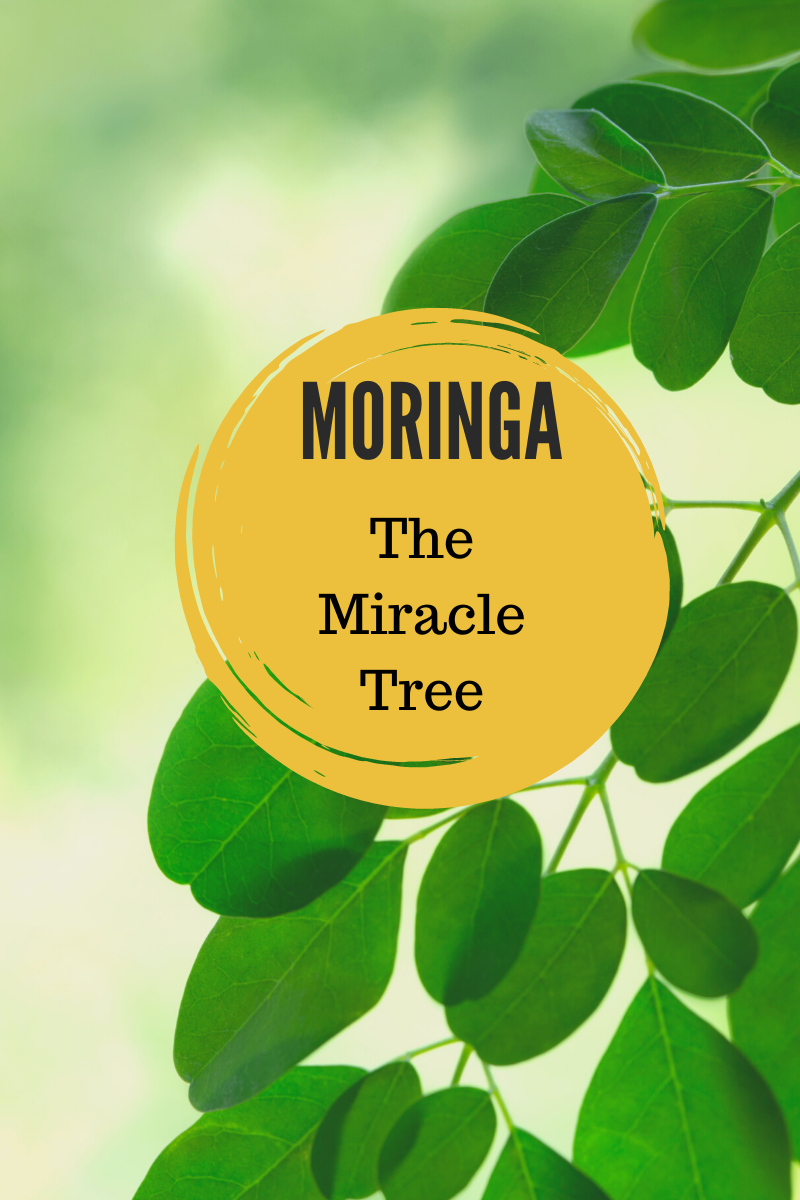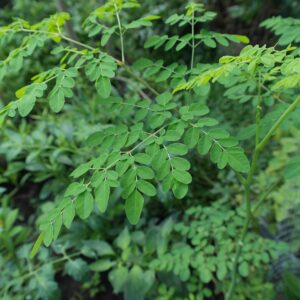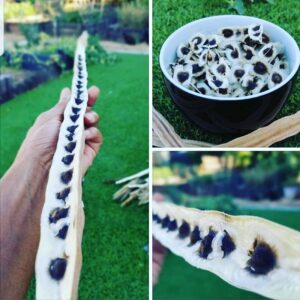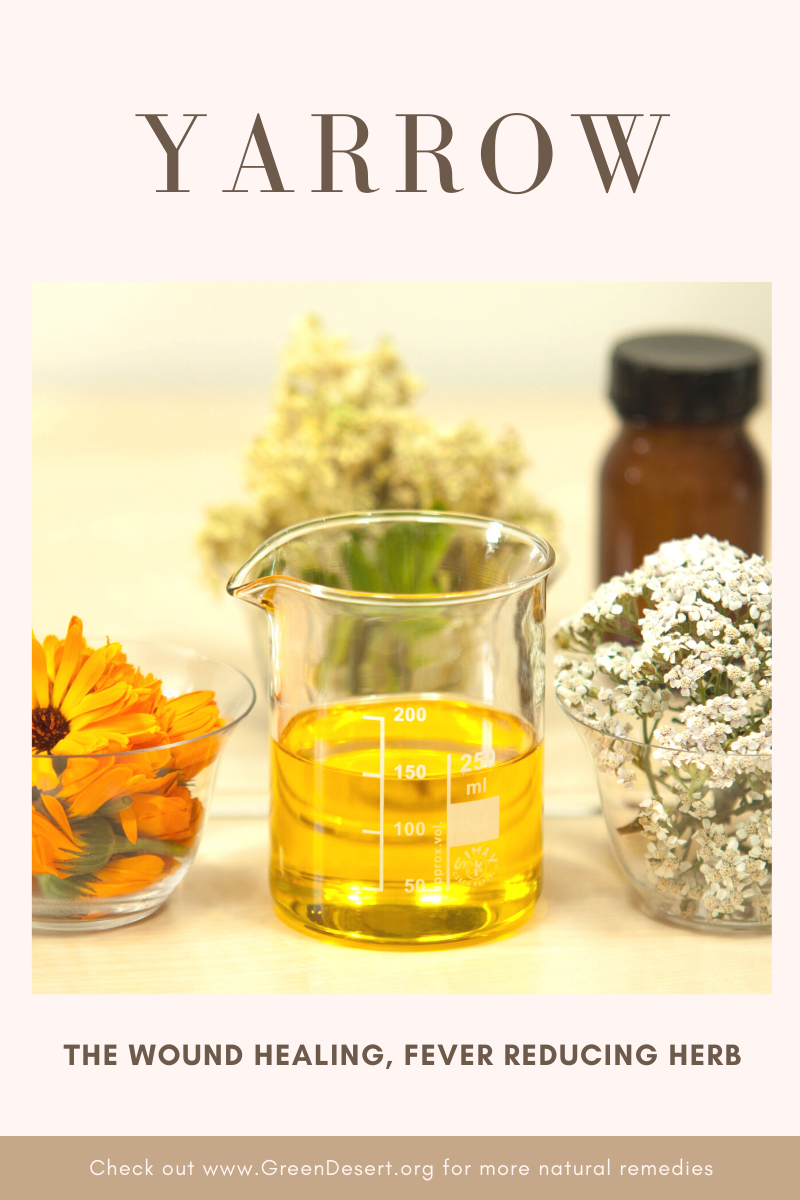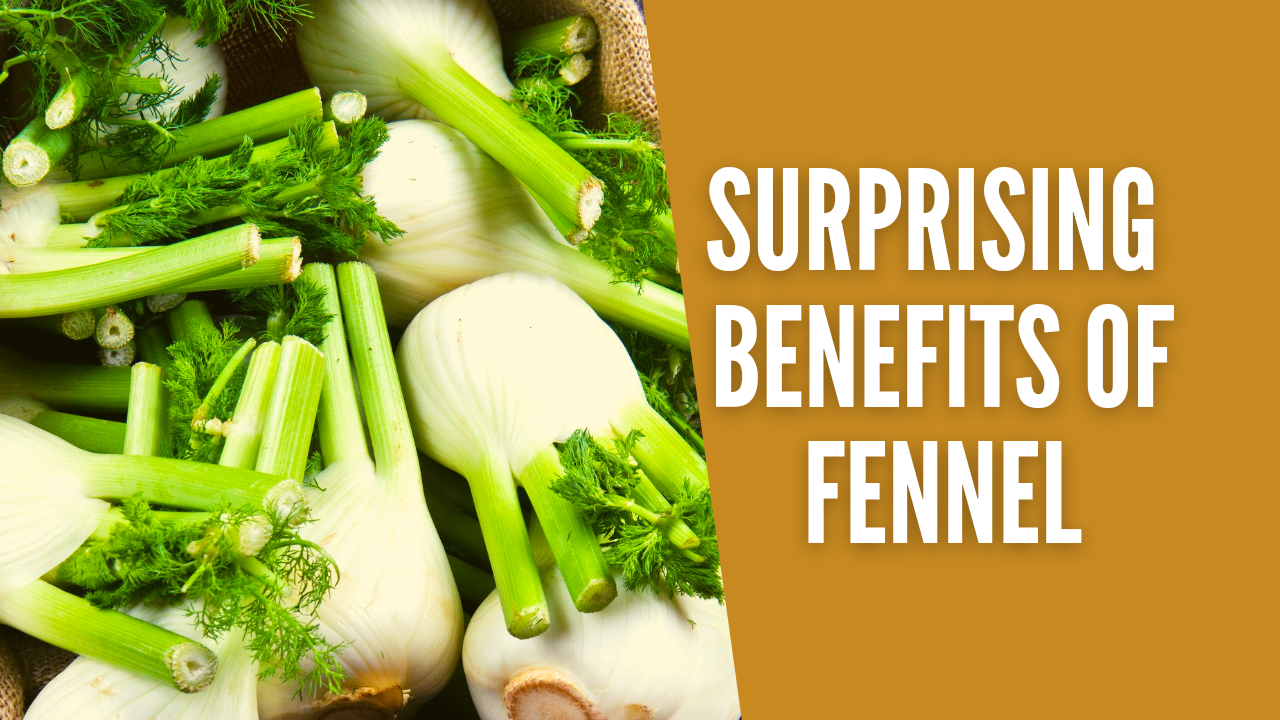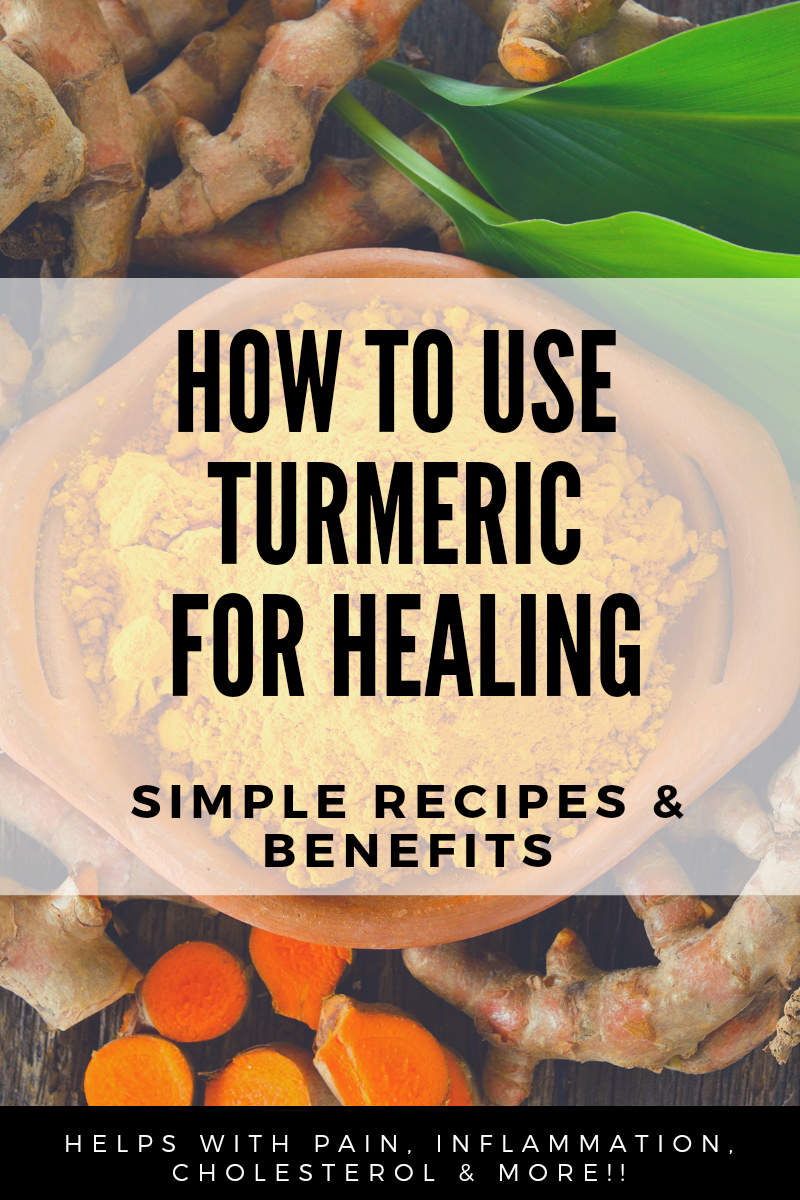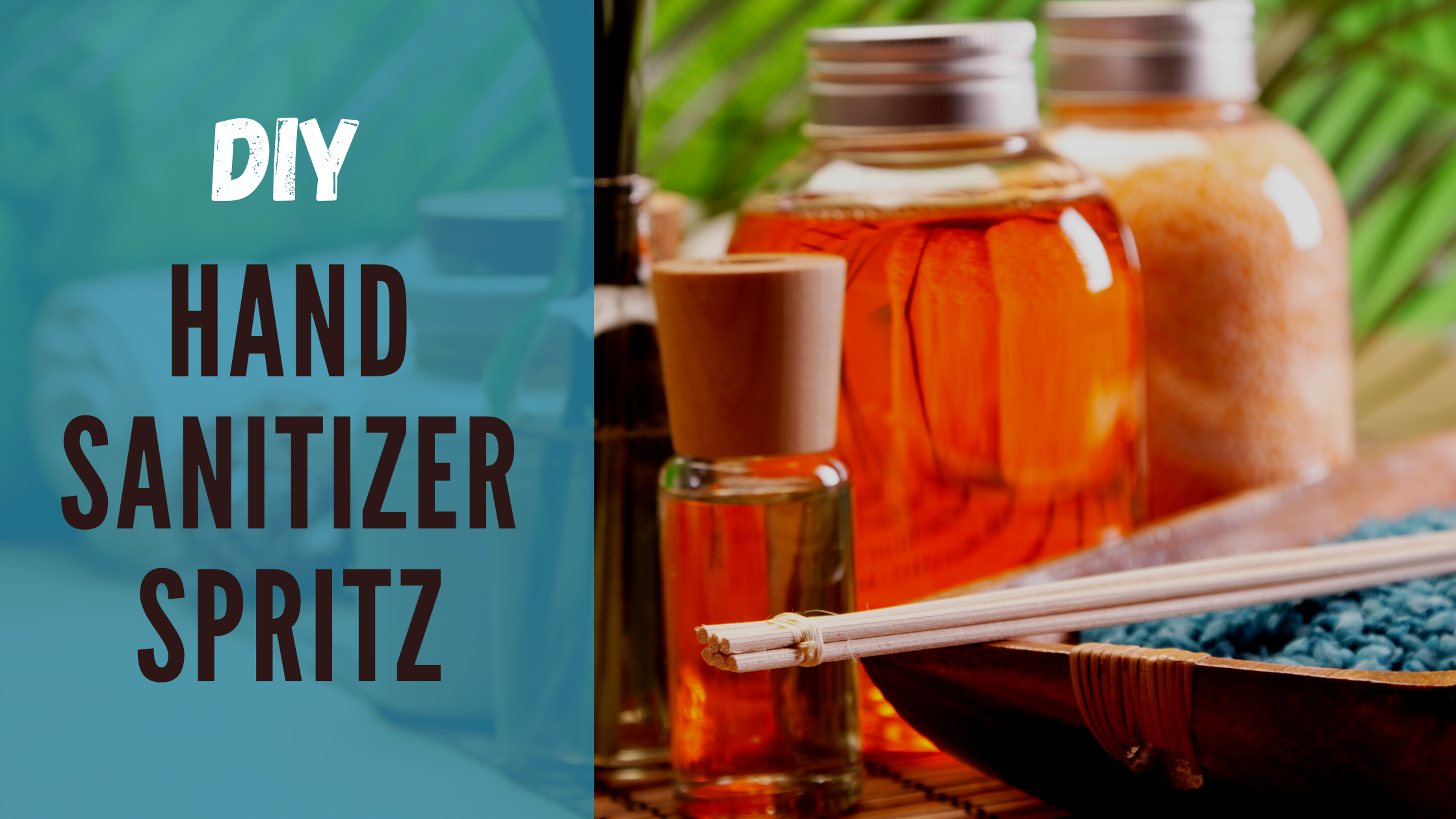Elderberry
The Truth About Elderberry
Elderberry has been gaining popularity recently with claims that it helps fight COVID-19, is a potent cold and flu remedy, and can help reduce upper respiratory irritation. You may have seen more elderberry supplements at the grocery store or even cough syrups with elderberry added as an ingredient. I am intrigued by all of the claims that this berry has so many benefits and I wanted to find out more!
First things first: Elderberry’s scientific name is sambucus and is the product of the European elder tree, which grows in warm areas of Europe, Northern Africa, Asia, and North America (that’s us!). Elderberries are very dark purple – almost black – in color and are edible. The use of medicinal elderberry dates back thousands of years and is still used today by so many people who say it is the best remedy for the cold and flu season.
The most common use of elderberry is for helping treat symptoms like congestion, cough, and fatigue that accompany the cold and flu. The reasoning behind this is that elderberries contain hemagglutinin protein which has been shown to limit a virus’s capability to replicate in the body, making you feel better more quickly because production of those icky germs making you sick are slowed, if not stopped. A study performed by Norweigan pharmacists and doctors showed that patients with flu-like symptoms who were given elderberry syrup had relief of their symptoms 4 days earlier than those who were given the placebo! Next time you feel like you may be coming down with the cold or flu, try taking some elderberry syrup right away and you may notice your symptoms are much more manageable!
Another claim that has been circulating is that elderberry is an effective remedy for COVID-19. I hate to be the bearer of bad news, but the National Institutes of Health officially says not to rely on elderberry for prevention or treatment of COVID-19. However, while elderberry may not be the magic “cure” for COVID-19, its antiviral properties may help curb symptoms. But, there is not yet much research to support a definitive answer on if elderberry really does help fight COVID-19.
Yep, there’s still more! Some people with asthma or who experience frequent airway irritation have said that elderberry relieves their symptoms. Elderberry syrups are antioxidant rich and can actually reduce inflammation in the airways, and improve lung function when experiencing allergies.
If you’re like me, you’re probably now wondering how you can get your hands on some of this! It appears that the best and safest way to consume elderberries is in syrup form. Some people say they have experienced nausea or vomiting by eating the whole, fresh or dried berries due to the raw seeds. You can make your own elderberry syrup at home or buy it from most health food stores. It is recommended to take ½ to 1 tablespoon of syrup once a day for mild symptoms, or this same dosage every 2-3 hours for more severe symptoms.
If you’ve ever used elderberry as a remedy please email us and let us know if it worked for you!
And if you’re having any other unpleasant symptoms, check our natural remedies page for some relief.




